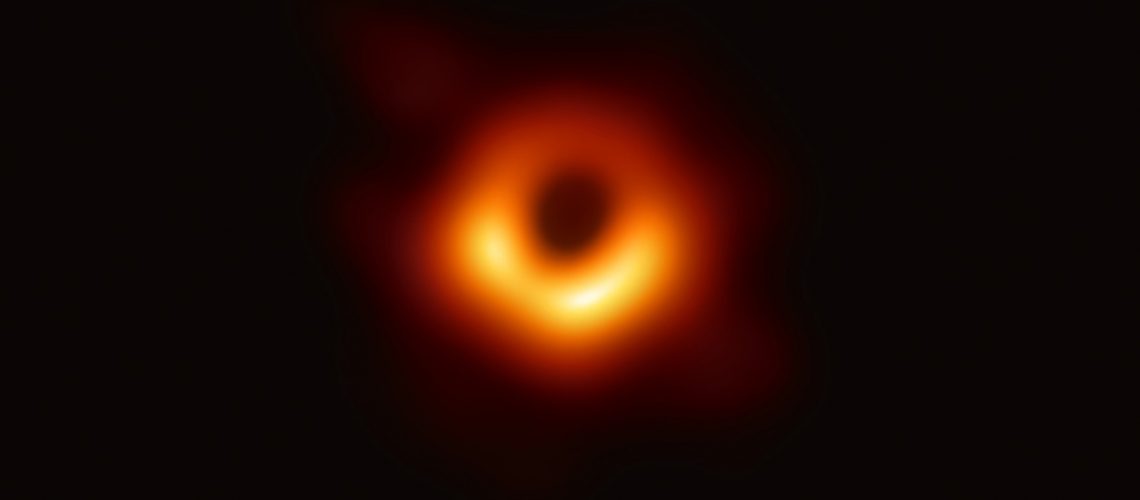Se trata de un agujero negro supermasivo en el corazón de una galaxia distante.
El pozo gravitacional tiene un diámetro de 40.000 millones de km, tres millones de veces más que el diámetro de la Tierra, y ha sido descrito por los científicos como “un monstruo”.
El agujero negro se encuentra a 500 trillones de km de nuestro planeta y fue fotografiado por un proyecto internacional que combinó el poder de ocho radiotelescopios alrededor del mundo.
El nombre de la iniciativa es Telescopio del Horizonte de Sucesos, Event Horizon Telescope o EHT por sus siglas en inglés, una colaboración en la que participan cerca de 200 científicos.
Fuente : BBC, Londres








